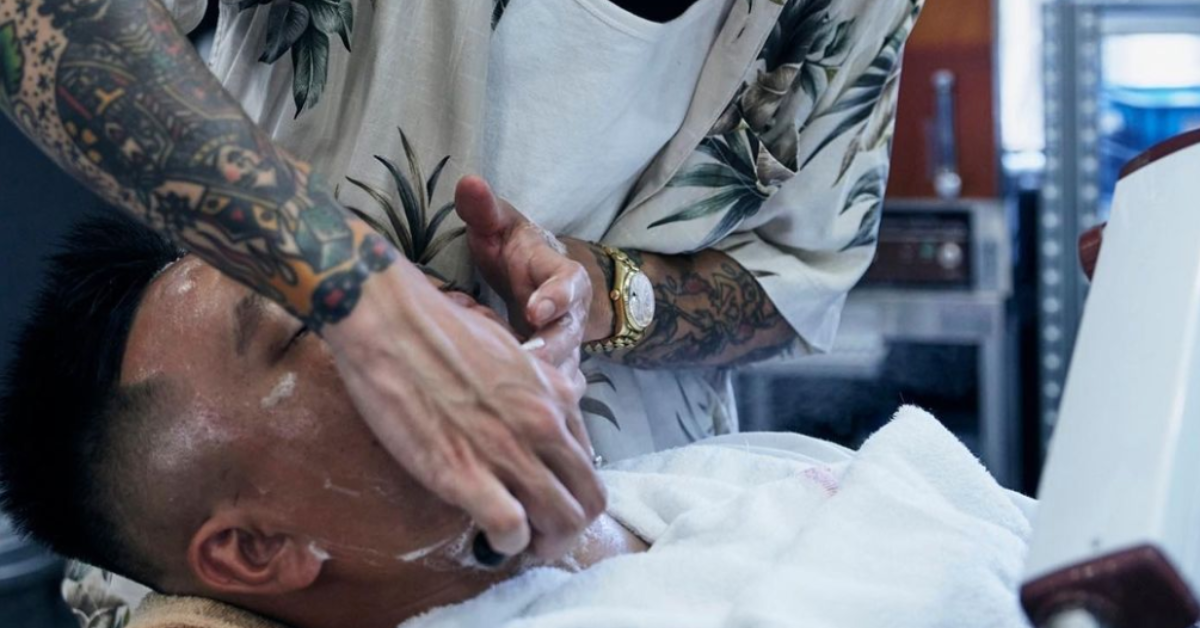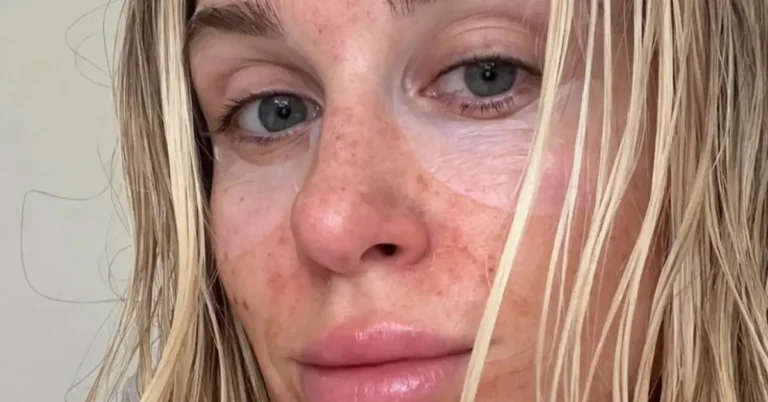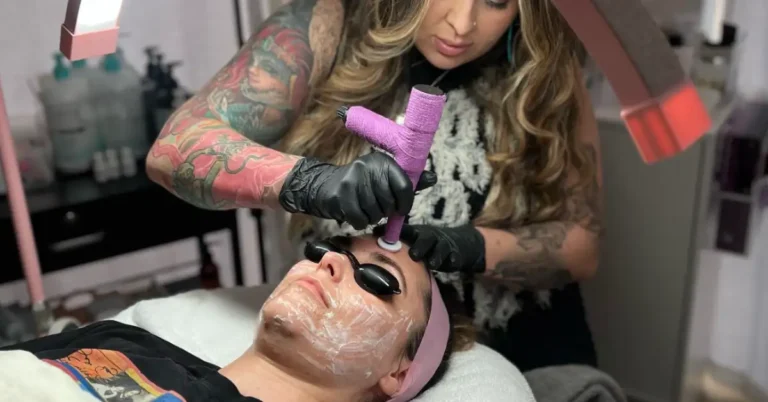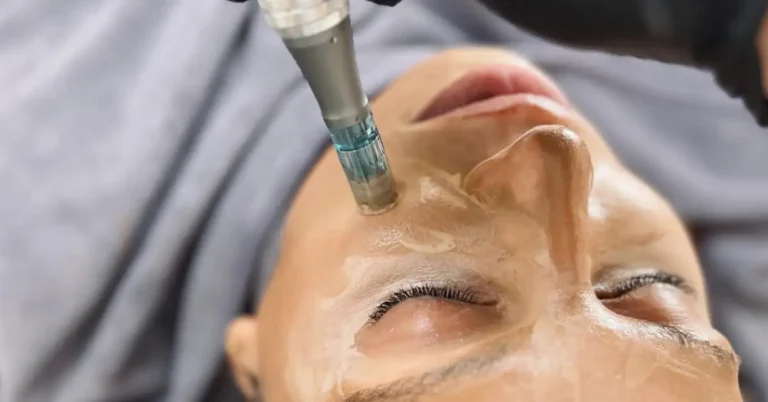Venturing into the world of facial hair removal might seem overwhelming, which makes it difficult to decide on the best approach for achieving smooth, flawless skin. Popular methods include dermaplaning and shaving, but the real dilemma is figuring out which method best aligns with your beauty goals.
If you’ve ever found yourself lost in the maze of options, wondering which route is best for you, you’re not alone. I’ve ventured down both paths, and I’m here to illuminate the differences, ease your concerns, and guide you toward the ultimate hair-removal solution that promises not only effectiveness but also a radiant, confident you.
Table of Contents
Dermaplaning vs Shaving
Dermaplaning is a method of exfoliation that involves using a sharp blade to remove dead skin cells and vellus hairs (aka peach fuzz) from the surface of the skin. It’s typically done in a professional setting, but there are at-home dermaplaning tools available as well.
Shaving, on the other hand, is a method of hair removal that involves using a razor to cut the hair at the skin’s surface. While shaving can also remove dead skin cells, it’s not as targeted of an exfoliation method as dermaplaning.
So, which one is better? It really depends on your skin concerns and personal preferences. Dermaplaning can leave your skin feeling smoother and looking brighter, but it can be more expensive and time-consuming.
Shaving is a quick and easy method of hair removal, but it can cause irritation and razor burn if not done properly. Ultimately, the choice between dermaplaning and shaving comes down to what works best for you and your skin.
Understanding Dermaplaning

As someone who has tried both dermaplaning and shaving, I can confidently say that dermaplaning is a game-changer. Dermaplaning is a non-invasive procedure that involves using a surgical scalpel to exfoliate the top layer of dead skin cells and peach fuzz hair on your face. In this section, I will explain the benefits of dermaplaning, the procedure, and potential side effects.
Benefits of Dermaplaning
Dermaplaning has several benefits, including:
- Smoother skin texture
- Brighter and more radiant complexion
- Better absorption of skincare products
- Removal of fine facial hair
- Reduced appearance of acne scars and fine lines
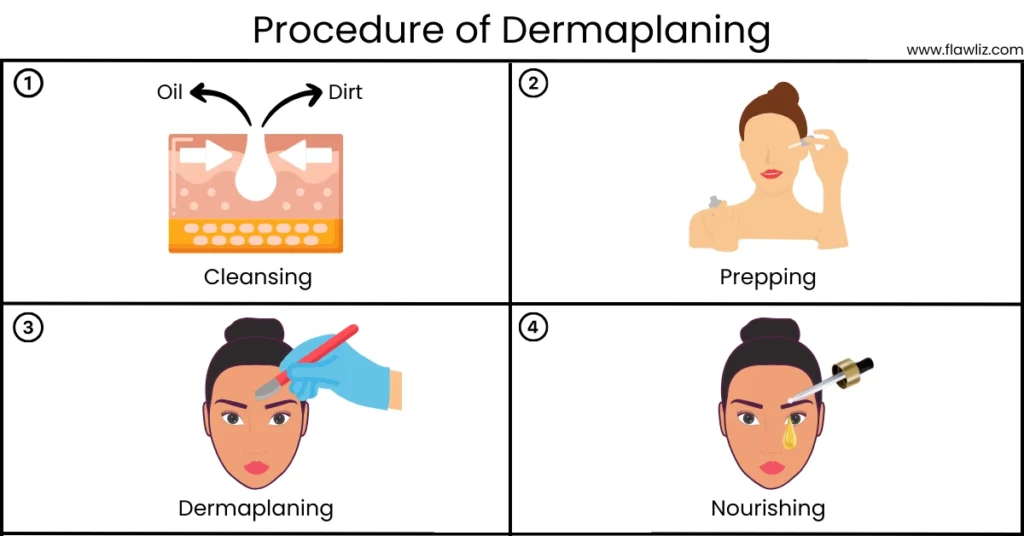
The dermaplaning procedure involves the following steps:
- Cleansing: The esthetician will cleanse your face to remove any makeup, dirt, or oil.
- Prepping: The esthetician will apply a toner or alcohol solution to disinfect your skin.
- Dermaplaning: The esthetician will use a surgical scalpel to gently scrape off the top layer of dead skin cells and peach fuzz hair on your face.
- Nourishing: The esthetician will apply a hydrating serum or moisturizer to your face.
Potential Side Effects of Dermaplaning
While dermaplaning is generally safe, there are some potential side effects to be aware of, including:
- Redness and irritation
- Sensitivity to sunlight
- Breakouts or acne flare-ups
- Infection or scarring (rare)
Pro Tip: If you have sensitive skin, be sure to let your esthetician know before the procedure. They may recommend a gentler approach or skip certain areas of your face.
Understanding Shaving
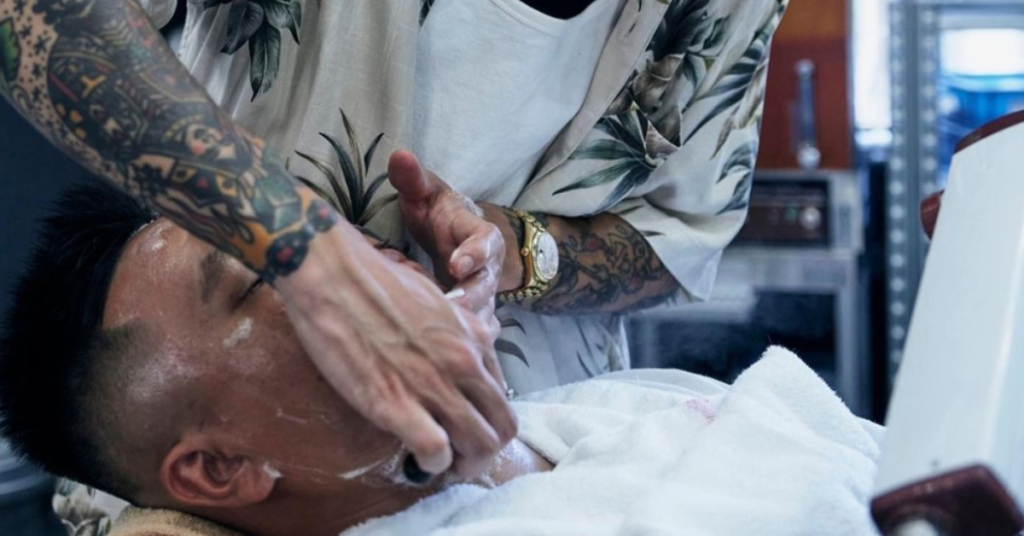
As someone who has tried both dermaplaning and shaving, I can attest that both techniques have their own unique benefits. In this section, I will focus on shaving and explain the procedure, benefits, and potential side effects.
Benefits of Shaving
Shaving is an age-old technique that has been used for hair removal for centuries. When it comes to facial hair removal, shaving has several benefits. Here are some of the benefits of shaving:
- It is a quick and easy process that can be done at home.
- It provides a smooth finish, leaving your skin feeling soft and smooth.
- Shaving exfoliates the skin, removing dead skin cells, dirt, and debris.
- It can stimulate collagen production, which helps to reduce the appearance of fine lines and wrinkles.
Procedure of Shaving
Shaving involves using a razor blade to remove hair from the surface of the skin. Here are the steps to follow when shaving:
- Cleanse your face thoroughly to remove any dirt or makeup.
- Apply a shaving cream or gel to your face to help lubricate the skin and prevent razor burn.
- Use a sharp razor blade to shave in the direction of hair growth.
- Rinse your face with warm water and pat dry.
- Apply a moisturizer to soothe the skin and prevent irritation.
Potential Side Effects of Shaving
While shaving is generally a safe and effective method of hair removal, there are some potential side effects to be aware of. Here are some of the most common side effects of shaving:
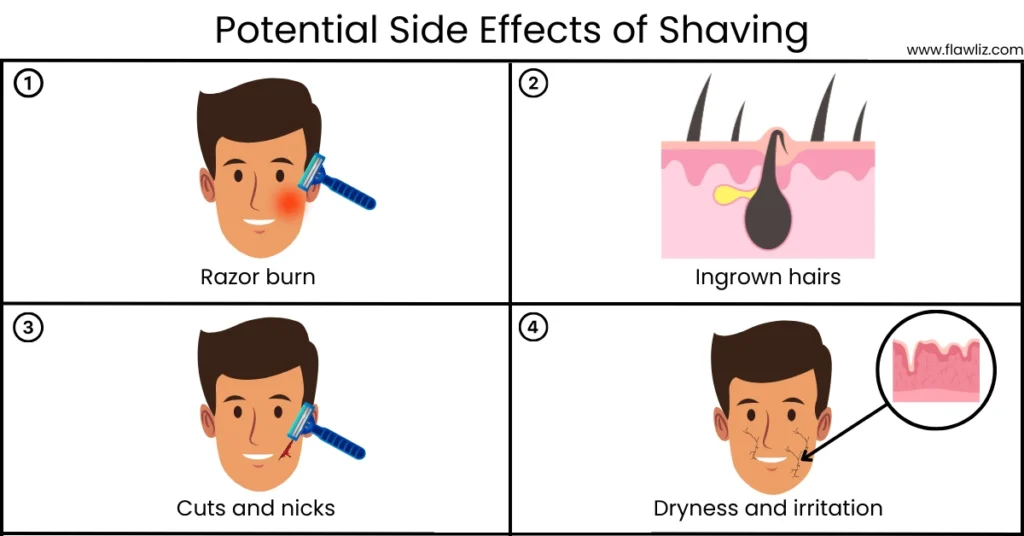
- Razor burn: This is a red, itchy rash that can occur when the skin is irritated by the razor blade.
- Ingrown hairs: These are hairs that curl back into the skin instead of growing out, causing red, painful bumps.
- Cuts and nicks: These are small cuts or scrapes that can occur when the razor blade accidentally cuts the skin.
- Dryness and irritation: Shaving can sometimes dry out the skin, causing it to become red, itchy, and irritated.
Comparison of Dermaplaning and Shaving
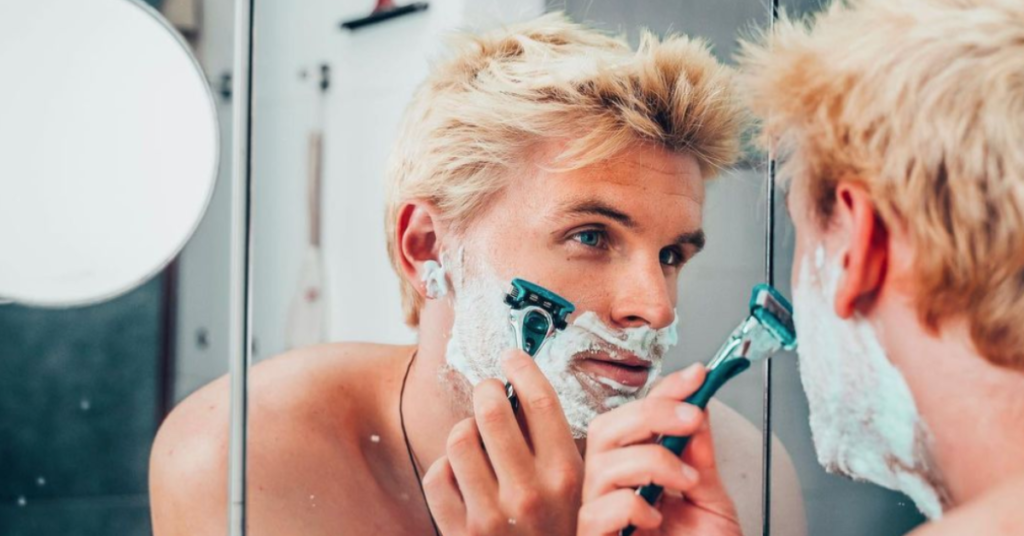
When it comes to removing facial hair and exfoliating dead skin cells, two popular methods are dermaplaning and shaving. As someone who has tried both, I can offer my personal experience and a few pro tips to help you decide which method is best for you.
Effectiveness
Dermaplaning is a more effective method of removing dead skin cells and fine facial hairs. The procedure uses a surgical blade to scrape the surface of the skin, revealing a more radiant complexion free of peach fuzz. Shaving, on the other hand, can also mildly exfoliate your skin and trigger increased skin cell turnover, but it does not provide as deep or targeted of exfoliation as dermaplaning.
| Method | Effectiveness |
|---|---|
| Dermaplaning | High |
| Shaving | Medium |
Cost
While dermaplaning is a more effective method, it is also more expensive. A single dermaplaning session can cost upwards of $100. Shaving, on the other hand, is a much more affordable option. You can purchase a pack of disposable razors for a few dollars and use them multiple times.
| Method | Cost |
|---|---|
| Dermaplaning | High |
| Shaving | Low |
Suitability
Dermaplaning is suitable for all skin types, but it is especially beneficial for those with dry or rough skin. Shaving is also suitable for all skin types, but it may not be the best option for those with sensitive skin or those prone to razor burn.
| Method | Suitability |
|---|---|
| Dermaplaning | All skin types |
| Shaving | Not ideal for sensitive skin |
Dermaplaning vs Shaving: A Recap
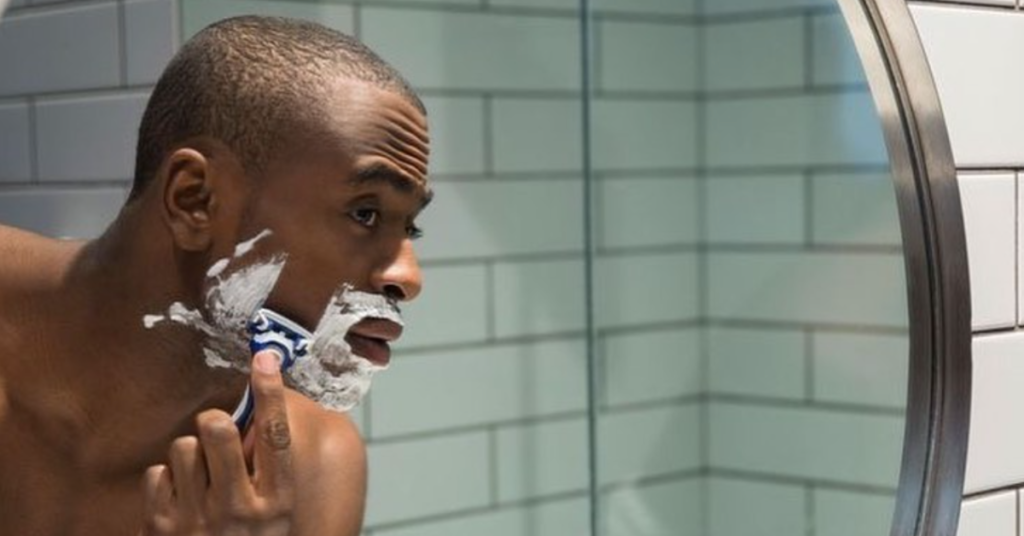
When it comes to facial hair removal, dermaplaning and shaving are two popular methods that many people consider. While both techniques aim to achieve smooth skin, they differ in terms of their procedures and benefits.
Personally, I have tried both dermaplaning and shaving, and I believe that each method has its own advantages and disadvantages. Here’s a quick recap of what I’ve learned:
| Dermaplaning | Shaving |
|---|---|
| Involves using a scalpel-like tool to remove dead skin cells and fine facial hair. | Uses a razor blade to cut off hair at the skin’s surface. |
| Provides a deeper exfoliation that can help improve skin texture and appearance. | Offers a quick and easy way to remove hair, but may cause irritation or ingrown hairs. |
| Can be done by a professional or at home with the right tools, but requires more skill and caution than shaving. | Can also be done at home, but may not be as effective in removing dead skin cells and may require more frequent touch-ups. |
Overall, dermaplaning is a more intensive and precise method that can yield better results in terms of skin rejuvenation, while shaving is a more practical and accessible option for everyday use.
In my experience, I prefer to use dermaplaning for special occasions or when I want to treat myself to a spa-like experience, but I rely on shaving for my regular upkeep. However, everyone’s skin is different, so it’s important to consider your own needs and preferences when choosing between dermaplaning and shaving.
FAQ

Is it better to shave or Dermaplane?
The choice between shaving and dermaplaning depends on your skincare goals. Shaving is a quick and easy hair removal method, while dermaplaning offers deeper exfoliation and smoother skin. Choose based on your preferences and desired results.
Can I shave instead of dermaplaning?
When it comes to facial hair removal, tools and techniques matter. While you can use a traditional razor for hair removal, it won’t replicate the results of professional dermaplaning. The difference lies in the method and outcomes.
Is dermaplaning basically shaving your face?
Dermaplaning and shaving both involve removing facial hair, but they differ. Dermaplaning is a skincare treatment performed with a scalpel to exfoliate and remove dead skin cells, offering smoother skin. Shaving, typically done with a razor, solely removes hair without the exfoliation aspect.
What is the disadvantage of dermaplaning?
One disadvantage of dermaplaning is the potential for temporary redness or irritation, especially for sensitive skin. Improper technique or overuse can lead to adverse effects. It’s essential to follow aftercare instructions and seek professional help if needed.
Why do I still have hair after dermaplaning?
Dermaplaning effectively removes fine facial hair (peach fuzz) and dead skin cells, but it doesn’t target coarse or deeply rooted hair. You may still have some hair left because the procedure focuses on the superficial layer of hair and skin.
If you liked this blog article about the topic: Dermaplaning Vs Shaving, don’t forget to leave us a comment down below to tell us about your experience.

